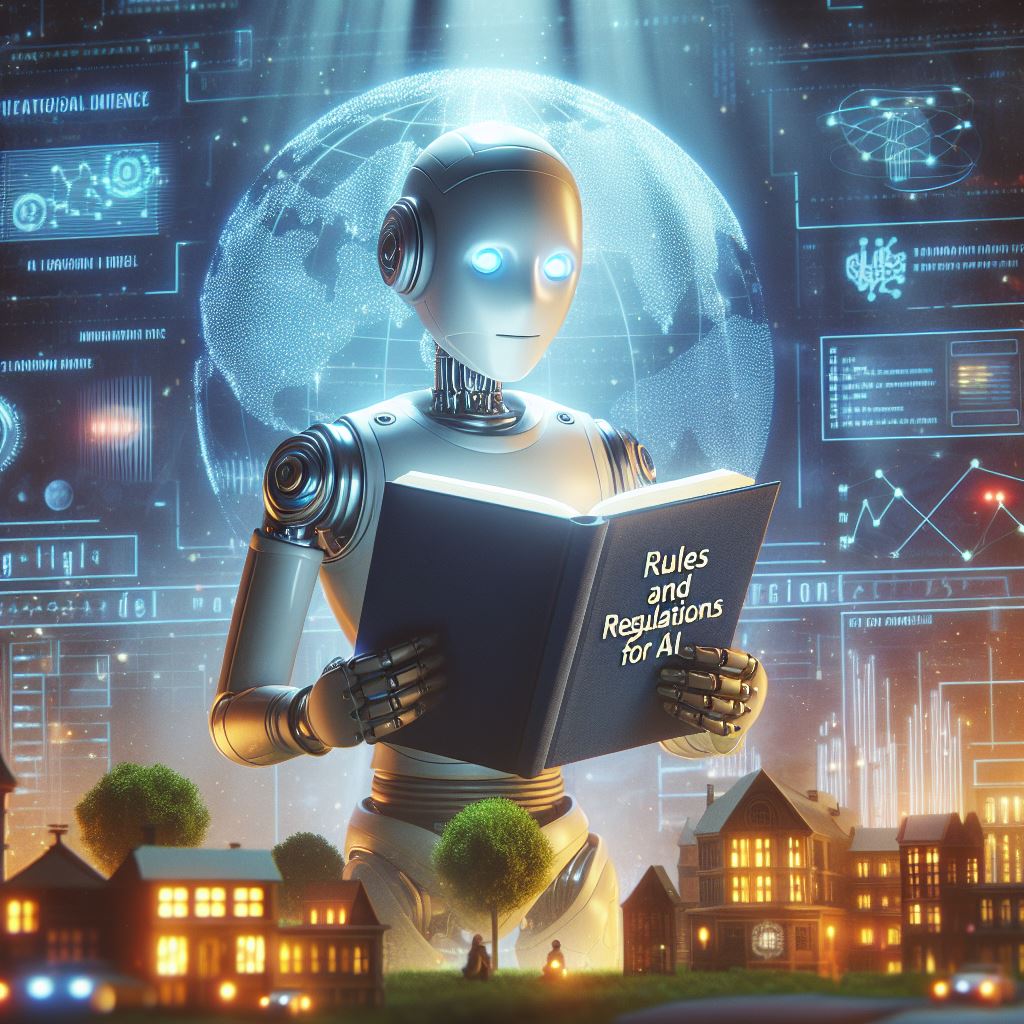 Artificial intelligence (AI) is one of the most powerful and transformative technologies of our time. It has the potential to improve various aspects of human life, such as health, education, entertainment, and security. However, it also poses significant challenges and risks, such as ethical dilemmas, social impacts, and existential threats. How can we ensure that AI is used for good and not evil? How can we prevent AI from harming humans or surpassing human intelligence? How can we balance the benefits and costs of AI development and deployment?
Artificial intelligence (AI) is one of the most powerful and transformative technologies of our time. It has the potential to improve various aspects of human life, such as health, education, entertainment, and security. However, it also poses significant challenges and risks, such as ethical dilemmas, social impacts, and existential threats. How can we ensure that AI is used for good and not evil? How can we prevent AI from harming humans or surpassing human intelligence? How can we balance the benefits and costs of AI development and deployment?
One possible answer is to establish rules and regulations for AI. Rules and regulations are sets of principles, norms, and standards that govern the behavior and actions of individuals, groups, or entities. They can be enforced by legal, social, or technical means, and they can be designed to achieve certain goals, such as fairness, safety, accountability, and transparency. Rules and regulations can also be adapted and updated to reflect the changing needs and values of society.
Rules and regulations for AI can help to control AI in several ways. First, they can provide guidance and direction for AI developers and users, ensuring that they follow best practices and ethical principles. For example, rules and regulations can specify the requirements and criteria for AI design, testing, evaluation, and deployment, such as data quality, privacy, security, accuracy, reliability, and explainability. They can also define the roles and responsibilities of AI stakeholders, such as developers, users, regulators, and auditors, and the mechanisms and procedures for oversight, monitoring, and auditing.
Second, rules and regulations can prevent or mitigate the negative impacts and risks of AI, protecting the rights and interests of humans and other entities. For example, rules and regulations can prohibit or restrict the use of AI for harmful or malicious purposes, such as warfare, cyberattacks, discrimination, or manipulation. They can also establish the boundaries and limits of AI autonomy and authority, ensuring that humans retain control and oversight over AI decisions and actions. They can also provide remedies and sanctions for AI violations or harms, such as compensation, correction, or termination.
Third, rules and regulations can promote the positive impacts and benefits of AI, fostering innovation and collaboration. For example, rules and regulations can encourage or incentivize the use of AI for beneficial or humanitarian purposes, such as health, education, environment, or social good. They can also facilitate the sharing and exchange of AI knowledge and resources, such as data, algorithms, models, or tools, among different actors and sectors, such as academia, industry, government, or civil society. They can also support the education and awareness of AI among the public, enhancing their understanding and trust of AI.
Rules and regulations for AI are not without challenges and limitations, however. Some of the challenges and limitations include the following:
- The complexity and diversity of AI: AI is a broad and heterogeneous field, encompassing various types, methods, applications, and domains of AI. It is also a dynamic and evolving field, constantly generating new and emerging forms and features of AI. This makes it difficult to define, classify, and regulate AI in a comprehensive and consistent manner.
- The uncertainty and unpredictability of AI: AI is often based on complex and opaque algorithms, data, and models, which can produce unexpected and unintended results and behaviors. It is also influenced by various factors and contexts, which can affect its performance and outcomes. This makes it challenging to anticipate, measure, and evaluate the impacts and risks of AI in a reliable and valid way.
- The trade-offs and conflicts of AI: AI involves multiple and sometimes competing values, interests, and objectives, which can create trade-offs and conflicts among different stakeholders and perspectives. For example, there may be trade-offs between efficiency and fairness, innovation and regulation, or privacy and security. There may also be conflicts between human and AI rights, responsibilities, and interests. This makes it hard to balance and reconcile the benefits and costs of AI in a fair and equitable way.
Therefore, rules and regulations for AI are not the only way to control AI. They are necessary but not sufficient. They need to be complemented and supplemented by other means and measures, such as ethical codes, technical standards, social norms, and human values. They also need to be developed and implemented in a participatory and inclusive manner, involving and engaging various stakeholders and experts, such as AI developers, users, regulators, ethicists, lawyers, philosophers, sociologists, and psychologists. They also need to be reviewed and revised in a regular and adaptive manner, reflecting and responding to the changing realities and expectations of AI and society. Only then can we ensure that AI is controlled in a responsible and beneficial way.

